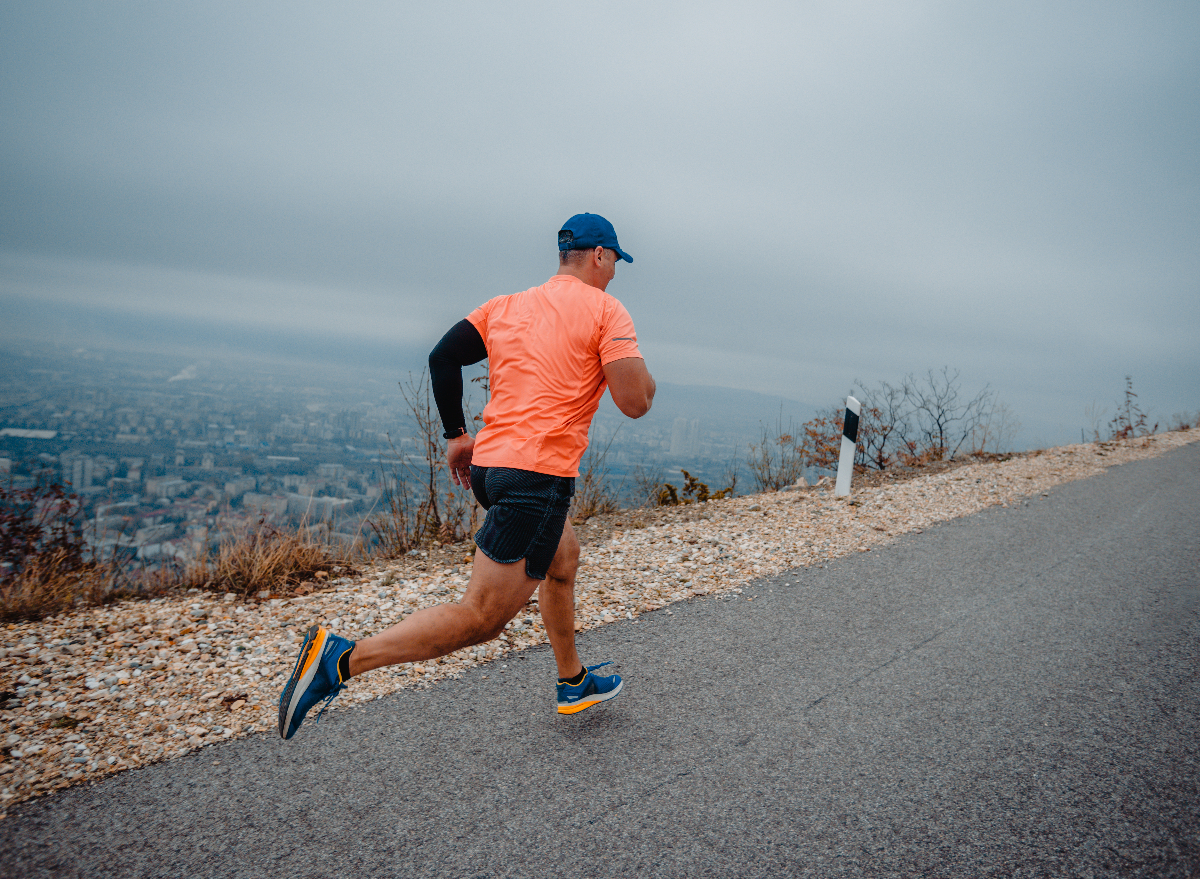Dealing With Typical Running Pains: Reasons, Solutions, and Avoidance
As joggers, we frequently come across numerous discomforts that can hinder our performance and satisfaction of this physical task. From the devastating pain of shin splints to the bothersome IT band disorder, these common running pains can be aggravating and demotivating. Comprehending the causes behind these conditions is vital in properly addressing them. By exploring the root reasons for these running pains, we can uncover targeted solutions and preventative measures to ensure a smoother and much more satisfying running experience (click for more info).
Common Running Pain: Shin Splints
Shin splints, a common running pain, often result from overuse or improper shoes throughout physical task. This problem, clinically referred to as medial tibial tension syndrome, manifests as discomfort along the internal side of the shinbone (tibia) and prevails among athletes and joggers. The repeated anxiety on the shinbone and the tissues attaching the muscles to the bone brings about swelling and discomfort. Runners who swiftly boost the intensity or duration of their exercises, or those that have flat feet or improper running strategies, are specifically prone to shin splints.
To avoid shin splints, individuals need to slowly raise the intensity of their workouts, use appropriate footwear with appropriate arch assistance, and maintain flexibility and toughness in the muscles bordering the shin. If shin splints do take place, initial treatment includes remainder, ice, compression, and altitude (RICE) Additionally, incorporating low-impact activities like swimming or biking can help maintain cardiovascular health and fitness while permitting the shins to heal. Persistent or serious situations might call for medical assessment and physical treatment for efficient monitoring.
Common Running Pain: IT Band Disorder
Along with shin splints, an additional widespread running discomfort that professional athletes commonly run into is IT Band Syndrome, a condition created by swelling of the iliotibial band that leaves the external upper leg and knee. IT Band Disorder normally materializes as pain on the outside of the knee, especially during tasks like running or biking. The iliotibial band is a thick band of fascia that links the hip to the shin, and when it becomes swollen or limited, it can scrub against the upper leg bone, bring about pain and pain.
Runners experiencing IT Band Syndrome might notice a painful or aching feeling on the external knee, which can intensify with ongoing task. Elements such as overuse, muscular tissue imbalances, incorrect running kind, or insufficient workout can add to the development of this problem.
Usual Running Pain: Plantar Fasciitis
:max_bytes(150000):strip_icc()/effective-30-minute-running-workouts-2911891-0927-70272e09ac83449cadb9f1ce51656c0c.jpg)
Plantar Fasciitis can be connected to various elements such as overtraining, incorrect shoes, running on hard surfaces, or having high arches or flat feet. To avoid and ease Plantar Fasciitis, joggers can include extending workouts for the calves and plantar fascia, wear helpful footwear, preserve a healthy weight to decrease stress on the feet, and slowly enhance running intensity to avoid sudden tension on the plantar fascia. If signs persist, it is recommended to speak with a health care expert for proper diagnosis and therapy alternatives to resolve the problem successfully.
Typical Running Discomfort: Jogger's Knee
After resolving the challenges of Plantar Fasciitis, another widespread concern that runners frequently encounter is Jogger's Knee, a typical running pain that can impede sports performance and cause pain during physical activity. Runner's Knee, additionally known as patellofemoral pain syndrome, shows up as discomfort around or behind the kneecap. This problem is often attributed to overuse, muscular tissue imbalances, incorrect running methods, or issues with the positioning of the kneecap. Runners experiencing this discomfort may feel a boring, hurting pain while running, going up or down stairways, or after long term periods of sitting. To prevent Jogger's Knee, it is essential to include appropriate workout and cool-down routines, maintain solid and balanced leg muscles, use appropriate footwear, and slowly raise running strength. If symptoms continue, seeking guidance from a health care specialist or a sporting activities medication professional is advised to detect the underlying cause and develop a tailored treatment strategy to relieve the discomfort and avoid further complications.
Common Running Discomfort: Achilles Tendonitis
Generally afflicting joggers, Achilles Tendonitis is a painful problem that influences the Achilles ligament, creating discomfort and potential constraints in physical activity. The Achilles tendon is a thick band of tissue that connects the calf bone muscular link tissues to the heel bone, crucial for activities like running, leaping, and strolling - this web-site. Achilles Tendonitis typically develops due to overuse, improper footwear, insufficient stretching, or unexpected increases in exercise
Signs And Symptoms of Achilles Tendonitis consist of discomfort and tightness along the tendon, particularly in the morning or after periods of inactivity, swelling that gets worse with task, and possibly bone spurs in chronic situations. To stop Achilles Tendonitis, it is vital to extend appropriately in the past and after running, use appropriate footwear with proper support, gradually enhance the strength of workout, and cross-train to reduce repetitive tension on the tendon. Treatment may include remainder, ice, compression, altitude (RICE protocol), physical treatment, orthotics, and in extreme cases, surgical treatment. Early intervention and correct treatment are crucial for handling Achilles Tendonitis efficiently and avoiding long-term difficulties.
Final Thought
